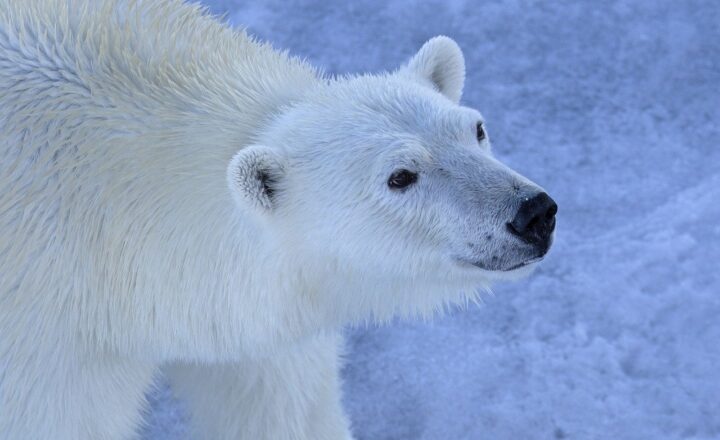The Secret Lives of Bees: How They Shape Our World and Ecosystem
November 10, 2024

Bees, often viewed as simply nature’s busy workers, play a pivotal role in our ecosystem and food supply. They are essential pollinators who ensure the growth of numerous plants, fruits, and vegetables that sustain both the environment and human life. In this article, we will dive deep into the secret lives of bees, exploring their social structures, behaviors, and significant contributions to biodiversity and agriculture.
1. The Fascinating World of Bee Societies
Bees live in complex societies that demonstrate sophisticated social structures. Most commonly known are honeybees, which form colonies consisting of a queen, workers, and drones. Each member has a unique role that contributes to the hive’s survival:
- The Queen: The central figure in the hive, responsible for laying eggs and maintaining the hive’s reproductive success.
- Worker Bees: These female bees do all the chores, such as foraging for food, cleaning the hive, and nurturing the queen’s offspring. They are crucial for pollination and are the most active members of the colony.
- Drones: Male bees whose sole purpose is to mate with a queen. They typically do not contribute to foraging or hive maintenance and are often expelled from the hive before winter.
Their ability to communicate also enhances their efficiency. Bees use dance to convey information about food sources, distance, and even the quality of the nectar available. This intricate language ensures that foraging efforts are maximized, enabling the hive to thrive.
2. The Essential Role of Bees in Pollination
Pollination is one of the most critical tasks that bees perform. Nearly 75% of global food crops depend on animal pollinators, with bees being the most effective among them. Here’s how their pollination process works:
- Nectar and Pollen Collection: As bees visit flowers to collect nectar for food, they brush against the pollen grains, transferring pollen from one flower to another.
- Fruit and Seed Development: This process leads to the fertilization of flowers, resulting in fruit and seed development, which is essential for plant reproduction.
- Food Production: Many of the fruits and vegetables we consume—such as apples, almonds, blueberries, and cucumbers—rely heavily on bee pollination, making them integral to our diets.
Without bees, the availability of many of our favorite foods would be severely diminished, impacting health and economies worldwide.
3. Biodiversity and Ecosystem Health
Bees contribute significantly to maintaining biodiversity. By facilitating the reproduction of a wide variety of plants, they ensure a rich and diverse ecosystem. Here’s why this is important:
- Habitat Creation: Many plants provide food and shelter to wildlife. Healthy bee populations foster the growth of these plants, which, in turn, support other species in the ecosystem.
- Soil Health: Diverse plant life contributes to soil enrichment and stability. The flourishing flora ensures a healthy root system, preventing soil erosion and promoting nutrient cycling.
- Climate Regulation: Vegetative diversity contributes to regulating the climate by sequestering carbon. Bees are vital in helping to maintain the balance required for a healthy planet.
Ultimately, the health of ecosystems relies heavily on pollination, further underscoring the importance of bees in our world.
4. The Decline of Bee Populations: A Cause for Concern
Unfortunately, bee populations are facing significant declines worldwide due to various factors, including:
- Habitat Loss: Urbanization and agricultural expansion have destroyed natural habitats, reducing the availability of wildflowers for foraging.
- Pesticides: The use of harmful pesticides in agriculture has been linked to the decline in bee health and populations. These chemicals can have lethal effects on bees and disrupt their foraging behaviors.
- Climate Change: Changes in climate patterns adversely affect the flowering times of plants, challenging the synchronization between bees and their food sources.
- Diseases and Parasites: Bees are vulnerable to various pathogens and parasites, such as the Varroa mite, which has wreaked havoc on honeybee colonies.
The falling numbers of bees can have dire consequences for our food systems and natural ecosystems, making their conservation paramount.
5. What Can We Do to Help Bees?
As individuals and communities, we can contribute to bee conservation by:
- Planting Bee-Friendly Gardens: Growing a diverse range of flowers that bloom at different times throughout the year can provide bees with a reliable food source.
- Avoiding Pesticides: Opting for natural pest control methods and organic practices can minimize harm to pollinators.
- Supporting Local Beekeepers: Purchasing honey and other bee products from local beekeepers helps sustain their operations and contributes to local ecosystems.
- Educating Others: Raising awareness about the importance of bees can inspire others to take action in their own communities, creating a ripple effect of positive change.
These actions, no matter how small, can collectively make a significant impact on saving our bee populations.
Conclusion
The secret lives of bees reveal a world of complex social structures, essential ecosystems, and profound contributions to our food supply. As we face the alarming decline in bee populations, it becomes crucial for us to appreciate their vital role and take proactive steps toward their conservation. By understanding and valuing these remarkable creatures, we can help ensure a healthier planet for future generations. Protecting bees means securing our own future as a thriving species on this Earth.







